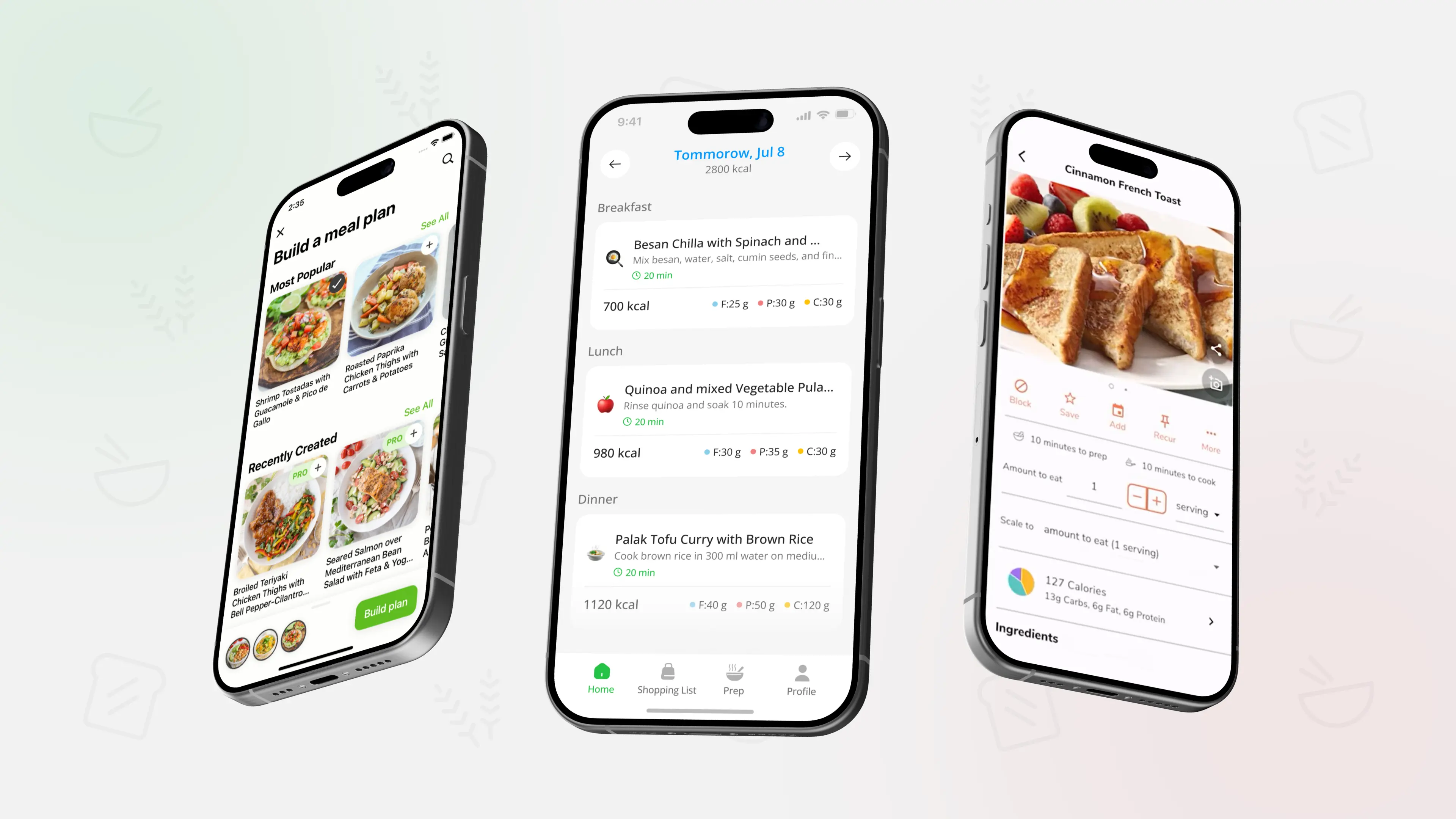Protein Goals for Weight Loss (Simple Calculator)
.webp)
TL;DR: Protein supports weight loss by helping you feel fuller, keeping more muscle while you lose fat, and stabilizing meals. You do not need perfect macro spreadsheets. A simple range per pound or kilogram, a few high protein meals you repeat, and a basic weekly plan are usually enough.
Why protein matters for weight loss - and what it does not do
Protein is not magic, but it does help when you are trying to lose weight.
What protein can help with:
- Helps you feel fuller after meals so snacks and cravings are easier to manage
- Supports muscle mass while you are in a calorie deficit
- Slightly increases how many calories your body burns digesting food
- Makes meals more stable so you do not get hungry again right away
What protein does not do:
- It does not remove the need for a calorie deficit over time
- It does not fix a very unbalanced diet on its own
- It does not have to be extremely high to work for most people
Before you fine tune protein, it helps to know what a balanced plate looks like in general. For that bigger picture you can start with Healthy Eating Basics: Build a Balanced Plate, then use this article to set protein inside that structure.
Simple protein calculator for weight loss goals
There are many formulas, but you do not need a complicated one to get a useful range. A common, practical target for many people in a calorie deficit is roughly:
- About 0.7 to 1.0 grams of protein per pound of body weight
- About 1.6 to 2.2 grams of protein per kilogram of body weight
These are general guidelines, not personal medical advice. People with kidney disease or other health conditions should work with a doctor or registered dietitian.
Step 1 - Choose your weight to base it on
You can use:
- Your current body weight, or
- A realistic goal weight if you have a lot of weight to lose
Most people can keep it simple and use current weight.
Step 2 - Use the range that fits your units
If you use pounds:
- Multiply your weight by 0.7 for the low end
- Multiply your weight by 1.0 for the upper end
Examples:
- At 130 pounds: about 90 to 130 grams of protein per day
- 130 x 0.7 = 91 (rounded)
- At 160 pounds: about 110 to 160 grams per day
- 160 x 0.7 = 112
- At 200 pounds: about 140 to 200 grams per day
- 200 x 0.7 = 140
If you use kilograms:
- Multiply your weight by 1.6 for the low end
- Multiply your weight by 2.2 for the upper end
Example:
- At 70 kilograms: about 110 to 155 grams per day
- 70 x 1.6 = 112
- 70 x 2.2 = 154
You do not need to hit the exact number every day. Think of this as a flexible range, not a pass or fail line.
If you want these protein targets to match real meals instead of random snacks, you can use PlanEat AI to generate a weekly meal plan with basic calories and macros plus a grouped grocery list based on your goals, dislikes, and cooking time. Then you check that your day roughly lands inside your protein range instead of tracking every gram long term.
Turning protein numbers into real meals
A daily protein goal only helps if it shows up on your plate. The easiest way to reach it is to spread protein across the day.
Step 1 - Break your daily goal into meals
For example, if your target is about 120 grams per day and you usually eat three meals and one snack, a simple split could look like:
- Breakfast: 25 to 30 grams
- Lunch: 30 to 35 grams
- Dinner: 35 to 40 grams
- Snack: 10 to 20 grams
You do not have to follow this exact pattern, but aiming for protein in most meals makes it easier to reach your total without huge portions at dinner.
Step 2 - Use a few reliable protein sources
Some practical protein options:
- Greek yogurt or skyr
- Cottage cheese or ricotta
- Eggs and egg based dishes
- Chicken, turkey, lean beef, or pork
- Fish and seafood
- Tofu, tempeh, and edamame
- Lentils, beans, and chickpeas
- Protein rich combinations like beans with whole grains
Step 3 - Combine protein with fiber and smart carbs
Protein works best when it is part of a balanced meal, not on its own. That usually means:
- Protein source
- Vegetables or fruit for fiber
- Whole grain or other smart carbohydrate in a moderate portion
- Some healthy fat
For a full week of examples built around high protein meals and a shopping list, you can explore 7-Day High-Protein Meal Plan (With Shopping List) and borrow ideas that match your taste and cooking level.
Protein goals, weight loss, and meal planning together
Protein targets are easier to follow when they live inside a simple weekly routine instead of separate decisions at every meal.
Use protein as a rule inside your weekly plan
When you plan your week:
- Make sure most meals include a clear protein source
- Repeat a few high protein breakfasts and lunches
- Use dinners that either contain beans, lentils, tofu, or lean meats and fish
This helps you hit your range more by habit than by constant calculation.
Combine portion awareness with protein goals
You still need an overall calorie deficit for weight loss, even with a good protein target. Simple tools that help:
- Using hand or plate based portions for carbs and fats
- Watching drinks and snacks that add calories but little protein
- Keeping most snacks protein plus fiber based rather than only sweets
For a more complete look at what to eat when your main goal is weight loss, and how protein fits into that, you can connect this article with What Exactly Should I Eat to Lose Weight? (2025).
Adjust over time instead of chasing perfection
You do not have to get this perfect from day one. A realistic process looks like this:
- Week 1 to 2: add protein to meals that were clearly low
- Week 3 to 4: adjust portions so you feel comfortably full but can still lose weight
- Later: keep what works, change one thing at a time if your progress stalls
Once you know your approximate protein range and a few meals that help you reach it, you can save those patterns in PlanEat AI and let the app reuse them in new weekly meal plans. Your goals, dislikes, and cooking time stay the same, and you only swap a few dinners or ingredients instead of rebuilding your whole plan.
FAQ:
Do I have to eat very high protein to lose weight
No. You need a calorie deficit first. Higher protein within a reasonable range can make that deficit easier to stick to by improving fullness and supporting muscle. Extremely high intakes are not required for most people.
Should protein come from animal or plant sources for weight loss
Both can work. Animal proteins are often more concentrated, while plant proteins come with extra fiber and carbs. Many people use a mix of chicken, fish, eggs, dairy, beans, lentils, tofu, and whole grains.
What if I cannot reach my protein target every day
That is normal. Aim for the range on most days and look at weekly patterns rather than stressing over single days. If you are far below the range most of the time, start by increasing protein at one meal instead of trying to fix the whole day at once.
Can I eat too much protein when trying to lose weight
Very high intakes can be unnecessary and may not be suitable for everyone, especially people with kidney disease or other medical conditions. Staying within general ranges and checking with a healthcare professional if you have health issues is important.
Do I need a protein shake to reach my goals
Not always. Shakes are a tool, not a requirement. Many people can reach their targets with regular foods. Shakes can help if you are busy, have a low appetite in the morning, or struggle to get enough protein from meals alone.
Educational content only - not medical advice.
Simple protein goals for weight loss
Most people do not need perfect macro tracking to benefit from protein. A clear daily range, protein in most meals, and a basic weekly plan can help you feel fuller, protect muscle, and make steady progress toward your weight loss goals.


.webp)
.webp)
.webp)
.webp)
.webp)
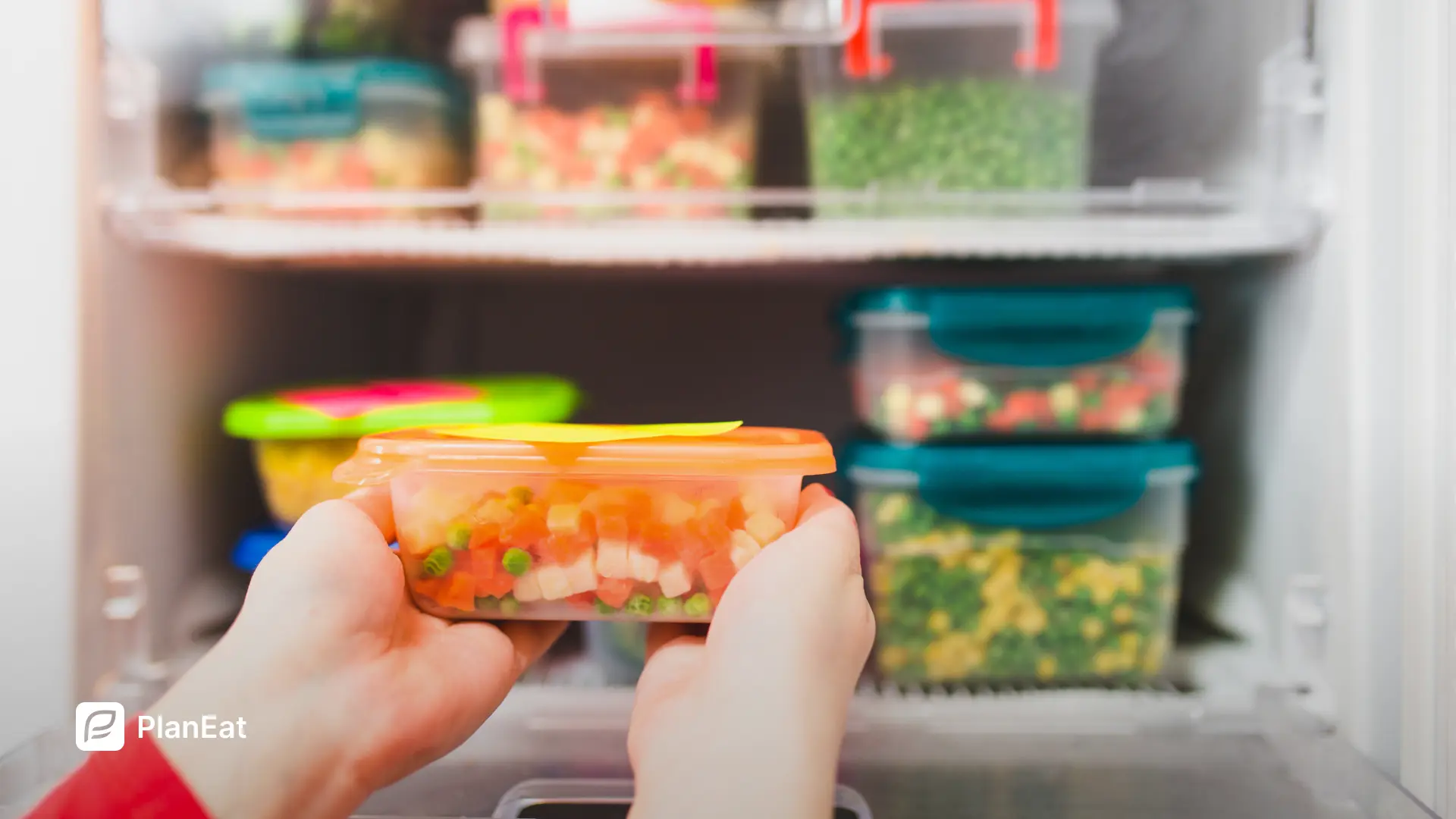
.webp)
.webp)

.webp)
.webp)
..webp)
.webp)
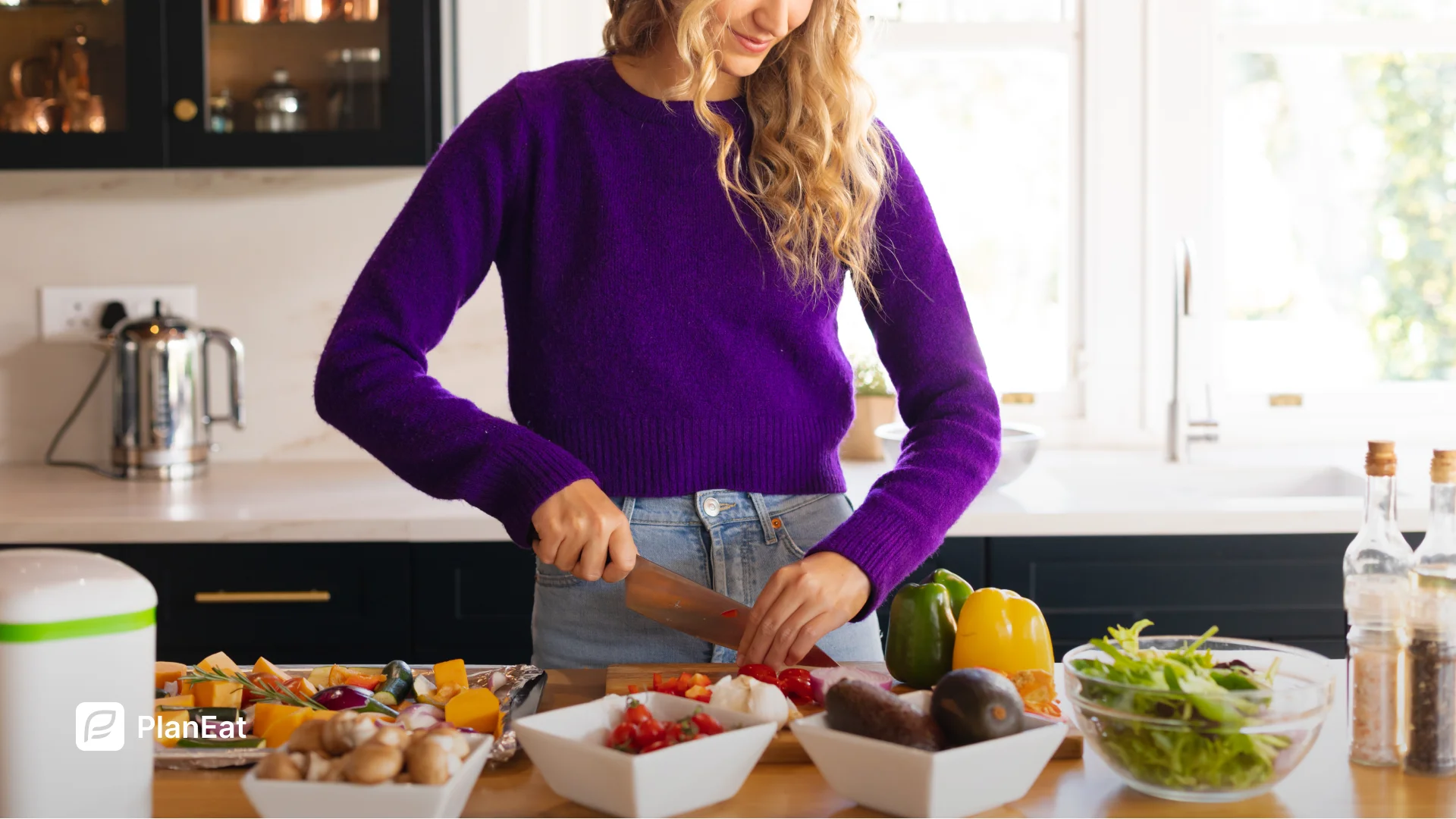
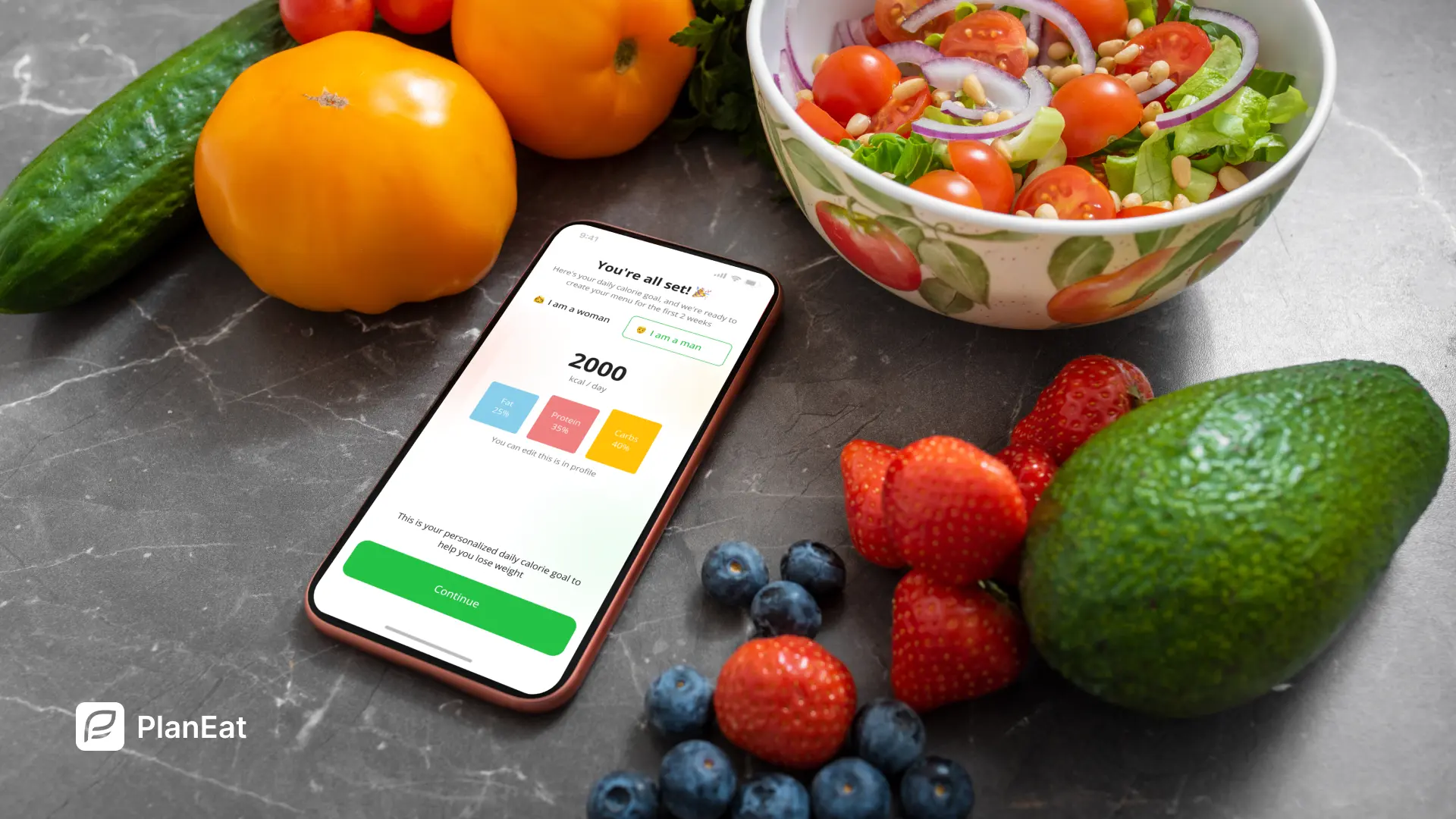
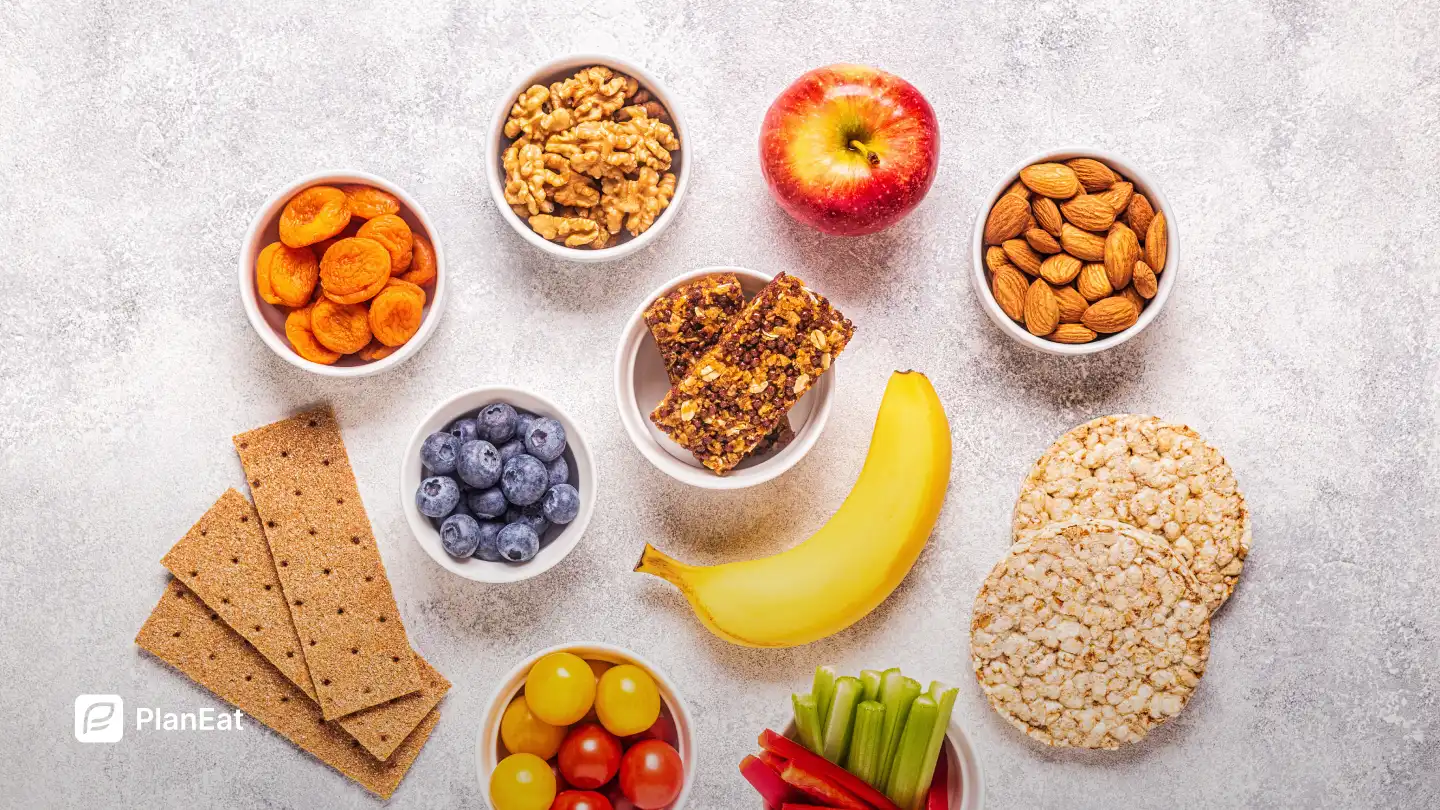
.webp)


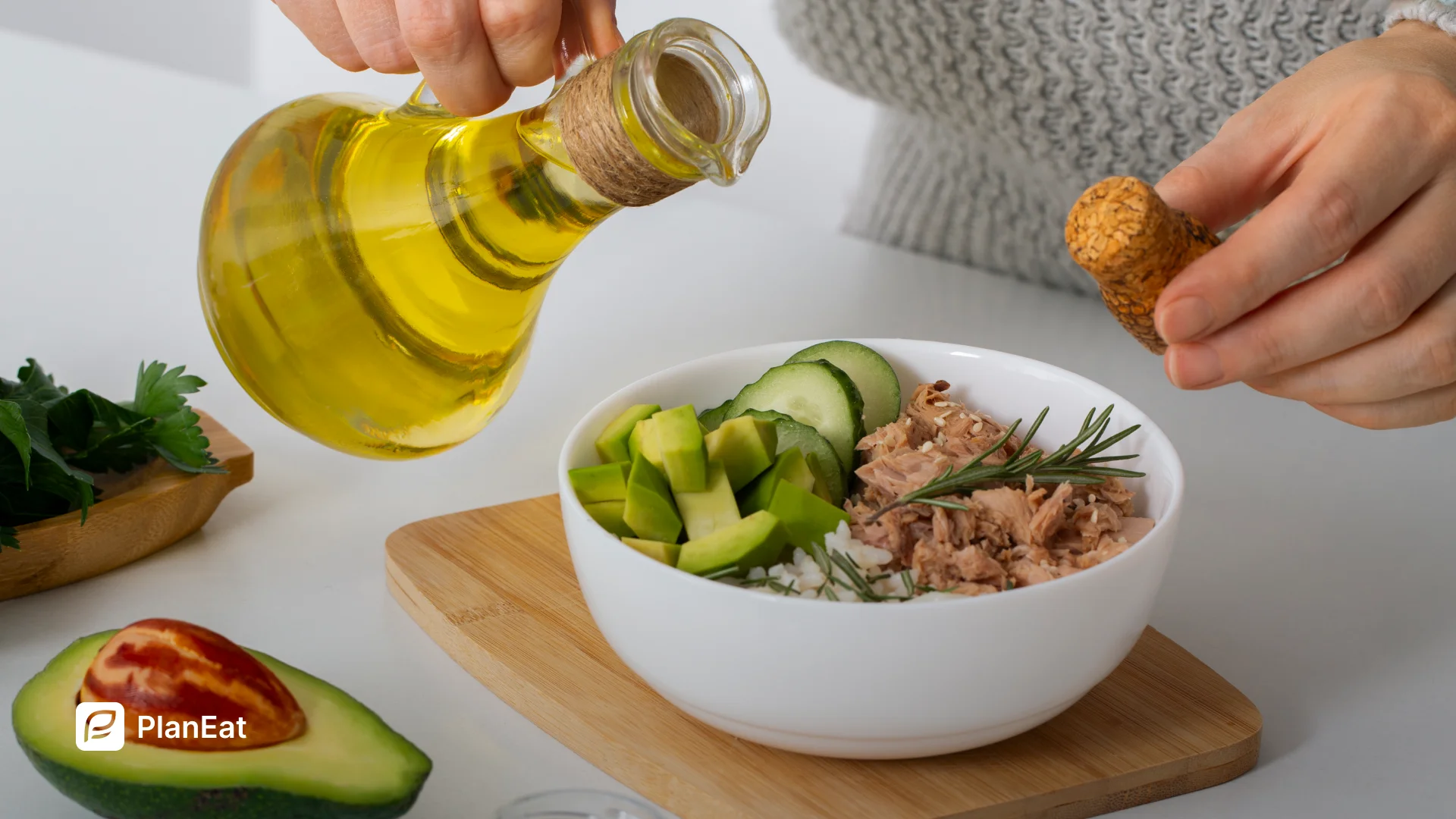
.webp)



.webp)
.webp)
.webp)
%20%2B%207%E2%80%91Day%20Menu.webp)




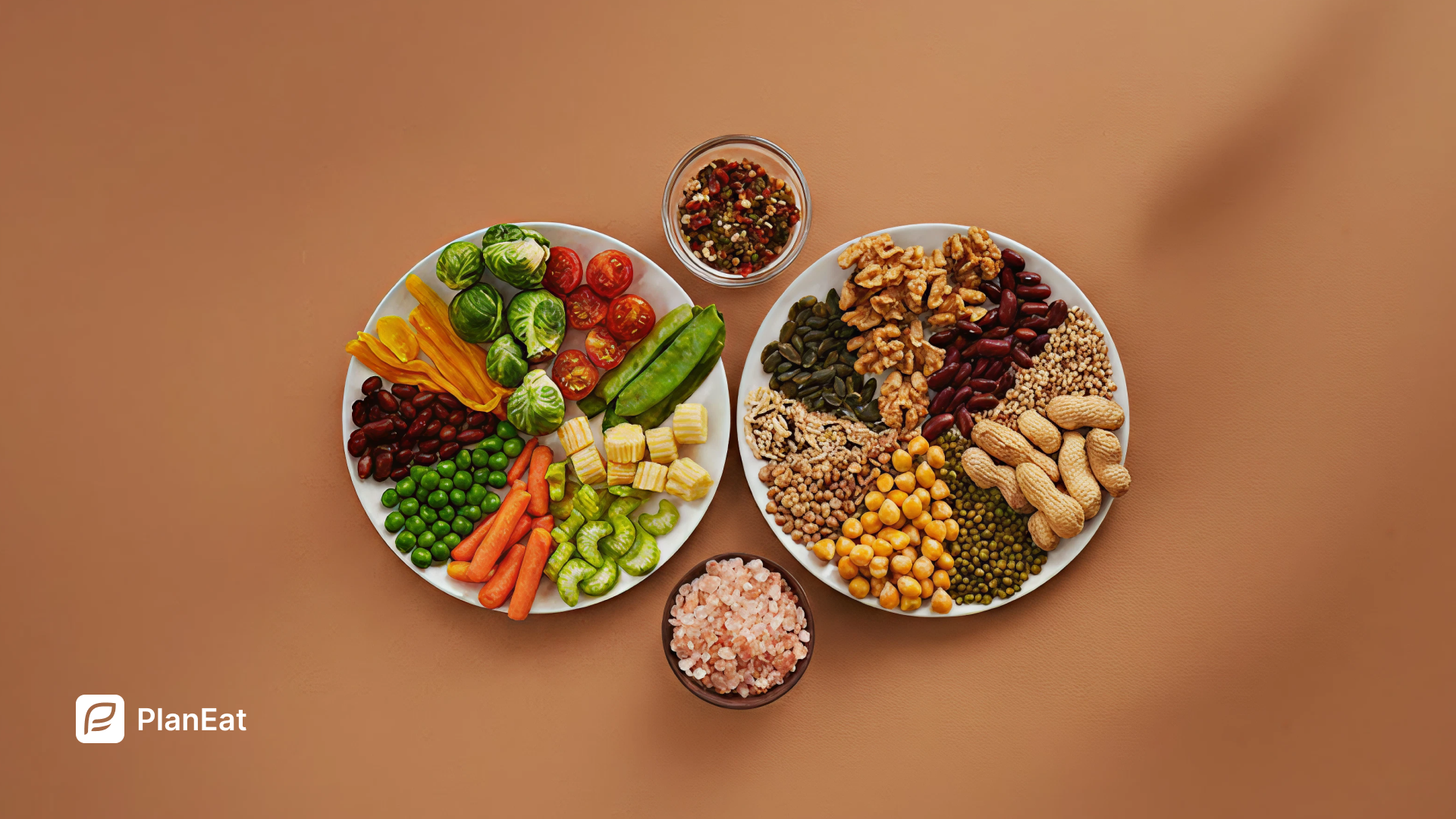
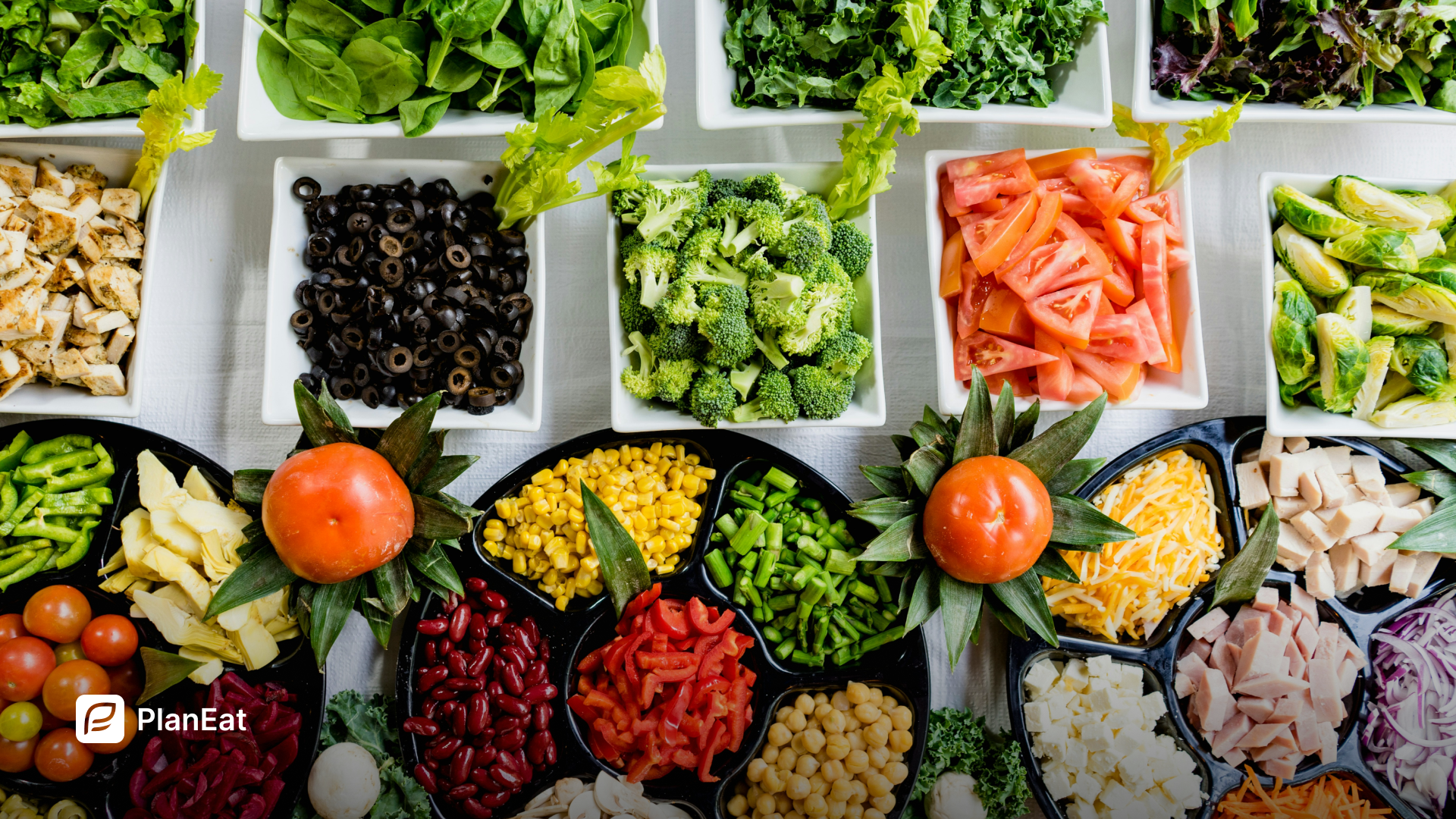
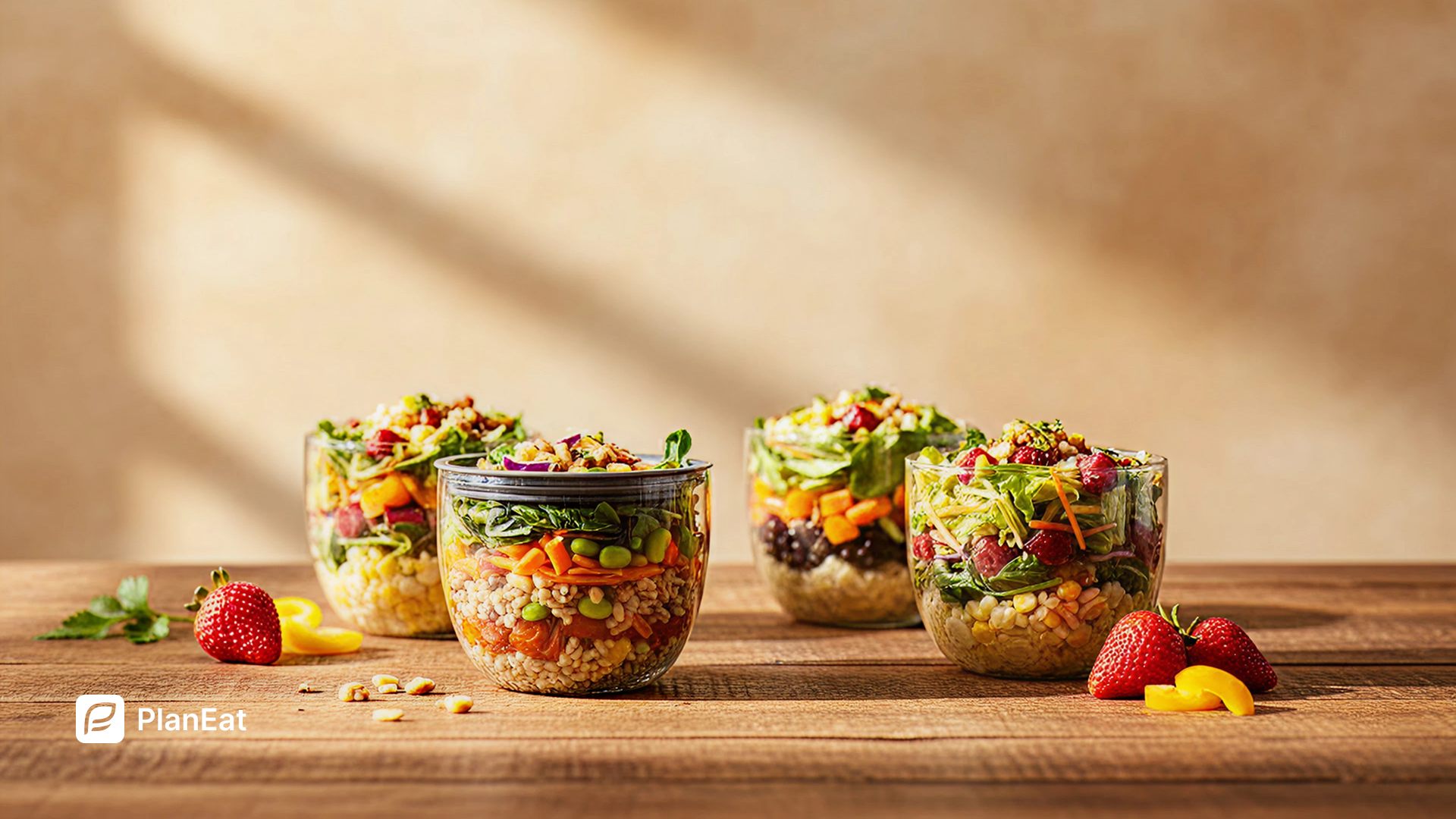

.webp)

